Tesla Autopilot is a self-driving assistance system. In plain terms, it’s a capability that enables a Tesla to’see’ the cars and road ahead of it and, to a limited extent, drive itself.
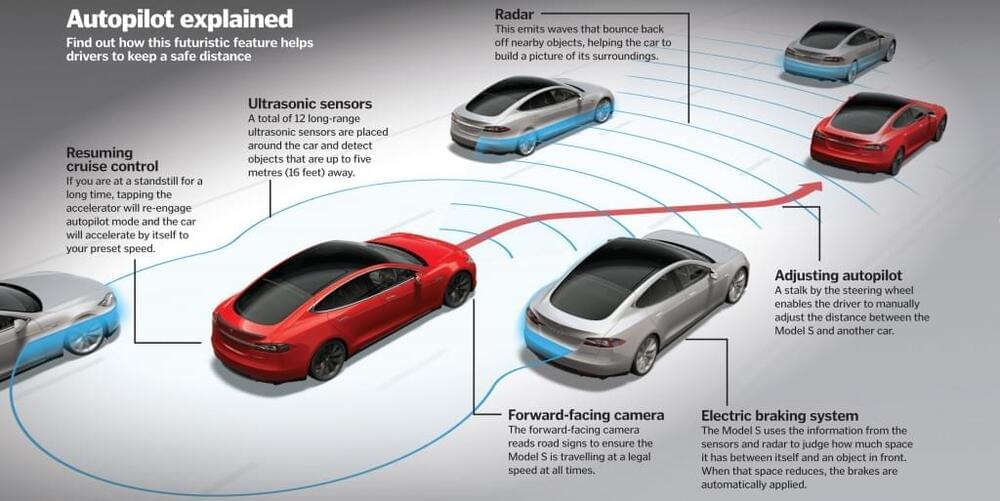

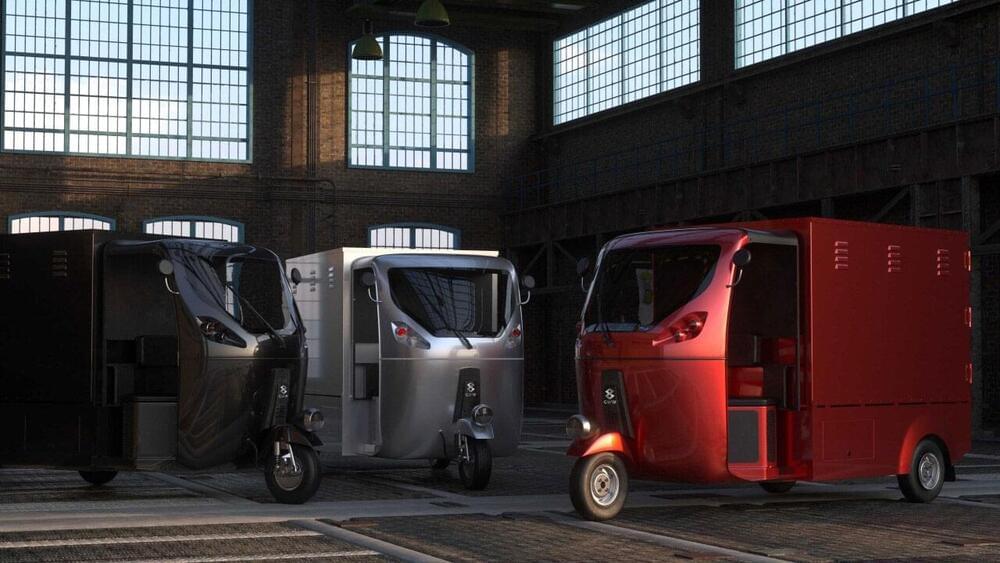
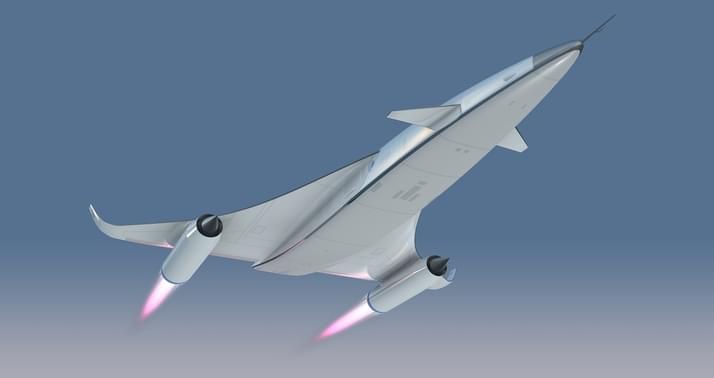
The UK’s Reaction Engines has announced a joint venture to create compact, lightweight ammonia reactors it says can be used to decarbonize difficult sectors like shipping and off-grid energy generation – and surprisingly, also aviation.
We’ve written before about ammonia’s potential in the clean transport sector; check out our ammonia clean fuel primer piece from September. Compared against hydrogen, ammonia’s much easier and cheaper to store and transport, and although it only carries about 20 percent as much energy as hydrogen by weight, it carries about 70 percent more energy than liquid H2 by volume.
The weight issue generally rules ammonia out of aviation discussions; at less than half the specific energy of jet fuel it looks less attractive than hydrogen. But hydrogen’s volume issues must also be taken into account. Today’s airliners are built for jet fuel so retro-fitting large-volume long-range hydrogen tanks can mean you lose seats. And anyone who’s flown economy can attest, airlines really like fitting in as many seats as they can.
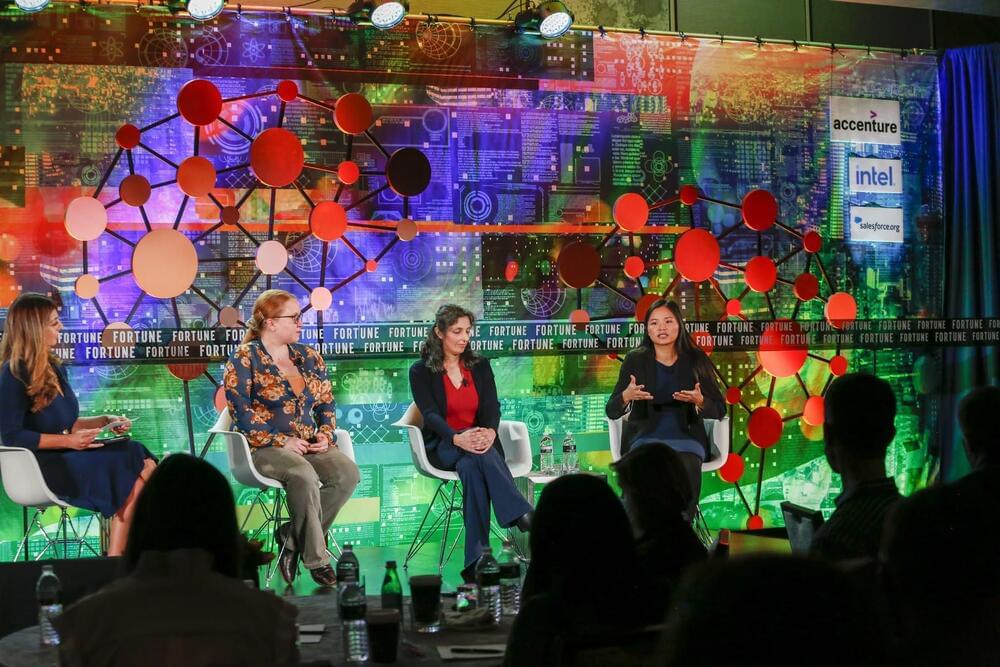
Battling bias. If I’ve been a little MIA this week, it was because I spent Monday and Tuesday in Boston for Fortune ’s inaugural Brainstorm A.I. gathering. It was a fun and wonky couple of days diving into artificial intelligence and machine learning, technologies that—for good or ill—seem increasingly likely to shape not just the future of business, but the world at large.
There are a lot of good and hopeful things to be said about A.I. and M.L., but there’s also a very real risk that the technologies will perpetuate biases that already exist, and even introduce new ones. That was the subject of one of the most engrossing discussions of the event by a panel that was—as pointed out by moderator, guest co-chair, and deputy CEO of Smart Eye Rana el Kaliouby—comprised entirely of women.
One of the scariest parts of bias in A.I. is how wide and varied the potential effects can be. Sony Group’s head of A.I. ethics office Alice Xiang gave the example of a self-driving car that’s been trained too narrowly in what it recognizes as a human reason to jam on the breaks. “You need to think about being able to detect pedestrians—and ensure that you can detect all sorts of pedestrians and not just people that are represented dominantly in your training or test set,” said Xiang.
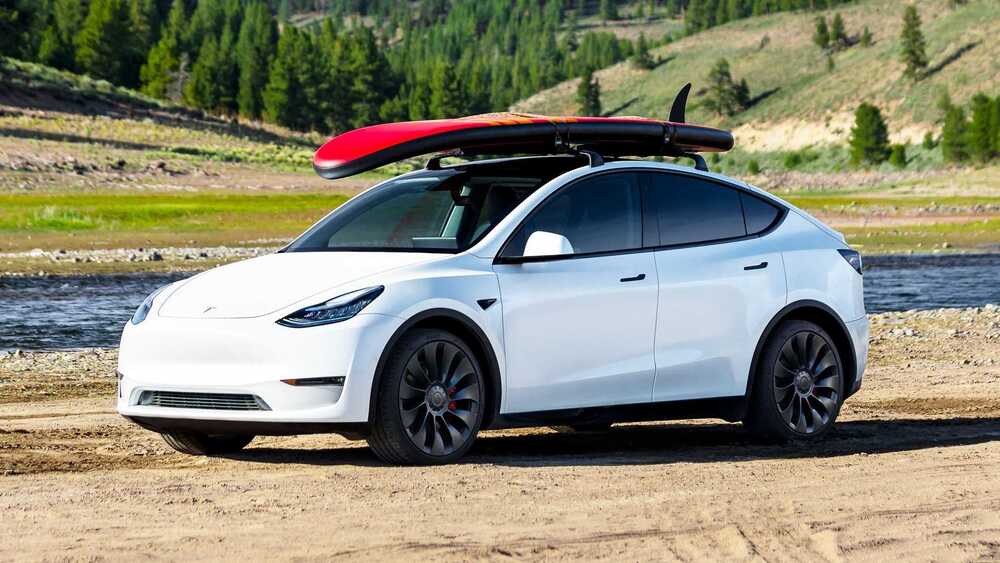
It didn’t take long for Tesla to increase the Model Y prices in the U.S. by another $1,000, since the last increase of both Model 3 and Model Y in early November.
$1,000 more in just one week? Sure, why not? Now the entry-level Model Y Long Range AWD starts above $60,000: $58,990 + $1,200 DST is $60,190, which is the bare minimum.

https://youtube.com/watch?v=DSvDf9zUYQI
Tesla rival Rivian stock price was valued at over $100 billion after it was publicized at the world’s largest IPO in 2021.
The Rivian stock price was valued at over $100 billion after it was publicized at the world’s largest IPO in 2021. With this, Tesla CEO Elon Musk has given some warning that Rivian may face.
Rivian Stock Price Prediction: Elon Musk Gives Heads-Up to the Challenges
According to Economic Times, Rivian’s stock price has soared as much as 53 percent during its Nasdaq debut on Wednesday, which provided the Amazon-backed electric vehicle manufacturer a market price of more than $100 billion after what could be said as the world’s largest IPO this year.
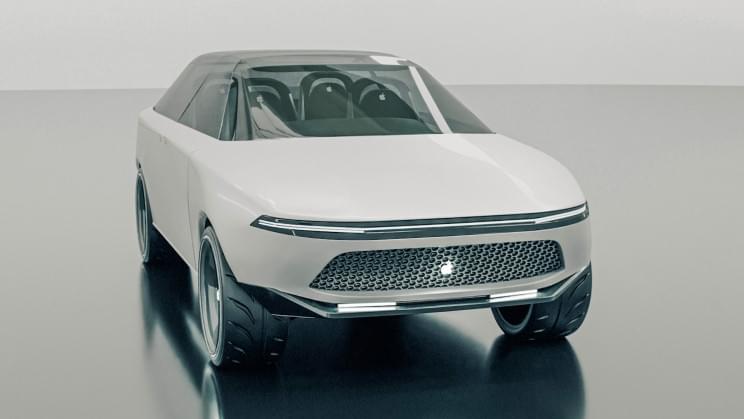
According to real patent-based renders.
With Apple remaining tight-lipped on the Apple Car, another company decided to bring us the closest thing to an official reveal. Vanarama, a car-lease broker based in the U.K., has developed an incredibly detailed series of renderings of the Apple Car based on real Apple patents, a report from Digital Trends reveals.
The rumor mill surrounding the Apple Car has been going for several years now, though speculation reached new levels last year when reports emerged that the tech giant could produce its own electric vehicle (EV) by 2024. Earlier this year, the announcement of a partnership between EV automaker Fisker and iPhone manufacturer Foxconn added fuel to the fire.
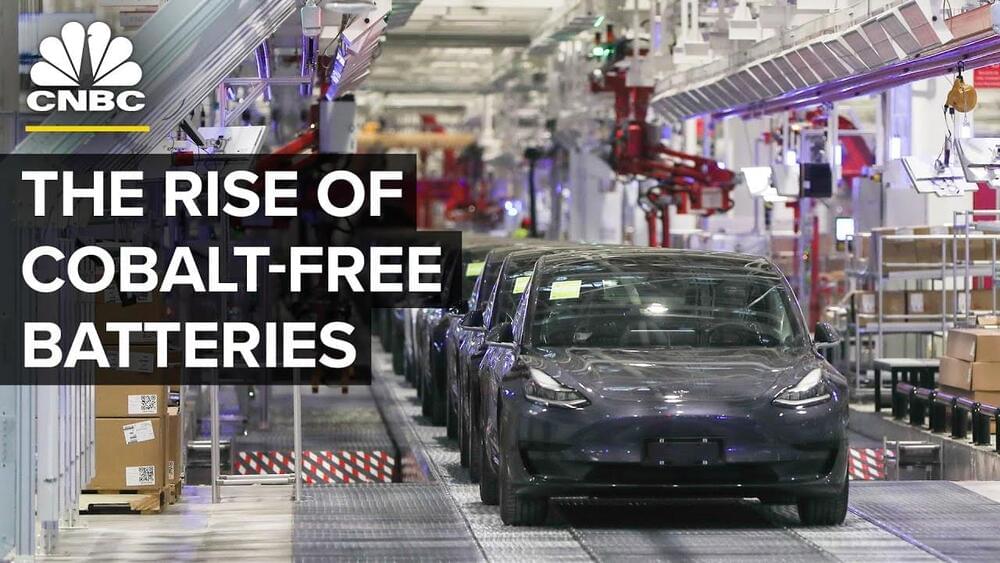
Cobalt has been getting a lot of attention lately because it is one of the most expensive materials found in lithium-ion batteries, which power everything from laptops and cell phones to electric vehicles. Cobalt extraction is largely concentrated in the Democratic Republic of Congo, where it is linked to human rights abuses and child labor, while cobalt refinement is almost exclusively done in China, making cobalt part of a tenuous supply chain. These are some of the reasons why battery manufacturers like Samsung and Panasonic and car makers like Tesla and VW, along with a number of startups are working to eliminate cobalt from lithium-ion batteries completely.
» Subscribe to CNBC: https://cnb.cx/SubscribeCNBC
» Subscribe to CNBC TV: https://cnb.cx/SubscribeCNBCtelevision.
» Subscribe to CNBC Classic: https://cnb.cx/SubscribeCNBCclassic.
About CNBC: From ‘Wall Street’ to ‘Main Street’ to award winning original documentaries and Reality TV series, CNBC has you covered. Experience special sneak peeks of your favorite shows, exclusive video and more.
Connect with CNBC News Online.
Get the latest news: https://www.cnbc.com/
Follow CNBC on LinkedIn: https://cnb.cx/LinkedInCNBC
Follow CNBC News on Facebook: https://cnb.cx/LikeCNBC
Follow CNBC News on Twitter: https://cnb.cx/FollowCNBC
Follow CNBC News on Instagram: https://cnb.cx/InstagramCNBC
#CNBC
How removing cobalt from batteries can make evs cheaper.
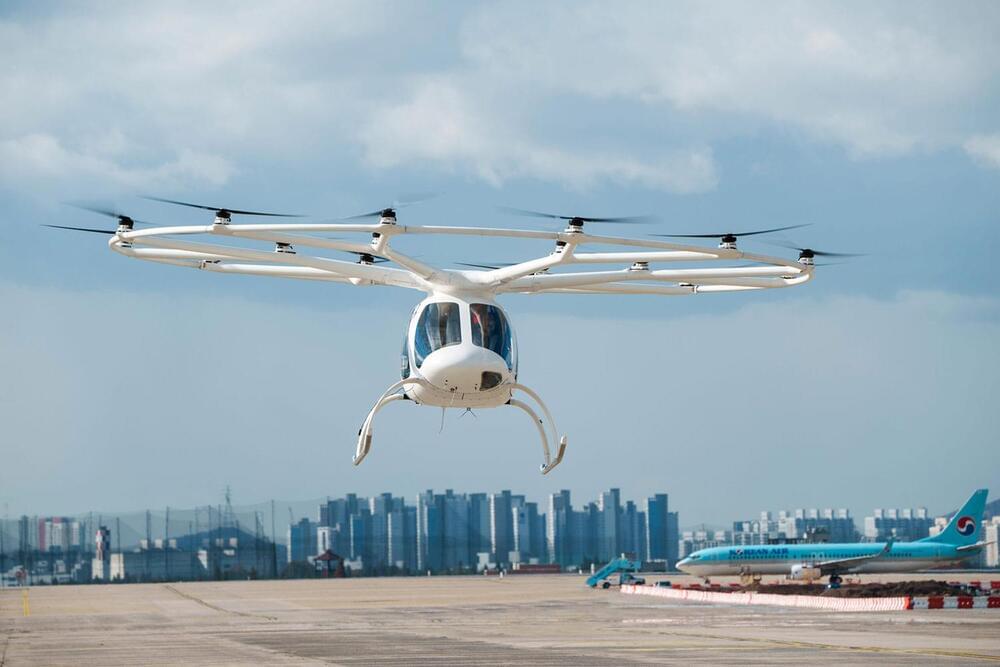
German urban air mobility (UAM) company, Volocopter, has completed the first-ever crewed public test flight with its 2X aircraft in Seoul, South Korea.
During the 5-minute test flight that took place at Gimpo International Airport in Seoul, the fully electric two-seater air taxi covered a distance of approximately 3 km (2 miles), reached a maximum altitude of 50 meters and maximum speeds of 45 km/h (28 mph). The test flight was part of South Korea’s Minister for Land, Infrastructure, and Transport’s (MoLIT’s) UAM demonstration event – ‘Open the Urban Sky.’
Seoul is now the second city in Asia where Volocopter has conducted test flights of its air taxi, following the first successful public flight trial over Singapore’s Marina Bay area in 2019.

South Korean transportation giant Hyundai has announced the creation of an advanced air mobility (AAM) company, Supernal LLC. The company will pursue the development of next-generation passenger electric vertical takeoff and landing (eVTOL) vehicles, and aims to conduct its first commercial flight in 2028.
“We’re developing a commercially viable Advanced Air Mobility product from the start, designing and manufacturing our vehicle to the highest safety, noise, efficiency, and affordability standards,” said Ben Diachun, Supernal’s chief technology officer. “Our growing team, which includes veterans of aerospace, automotive, and other deep-tech industries, is engineering sustainable vehicles that have the potential to evolve how we live, work, and play.”